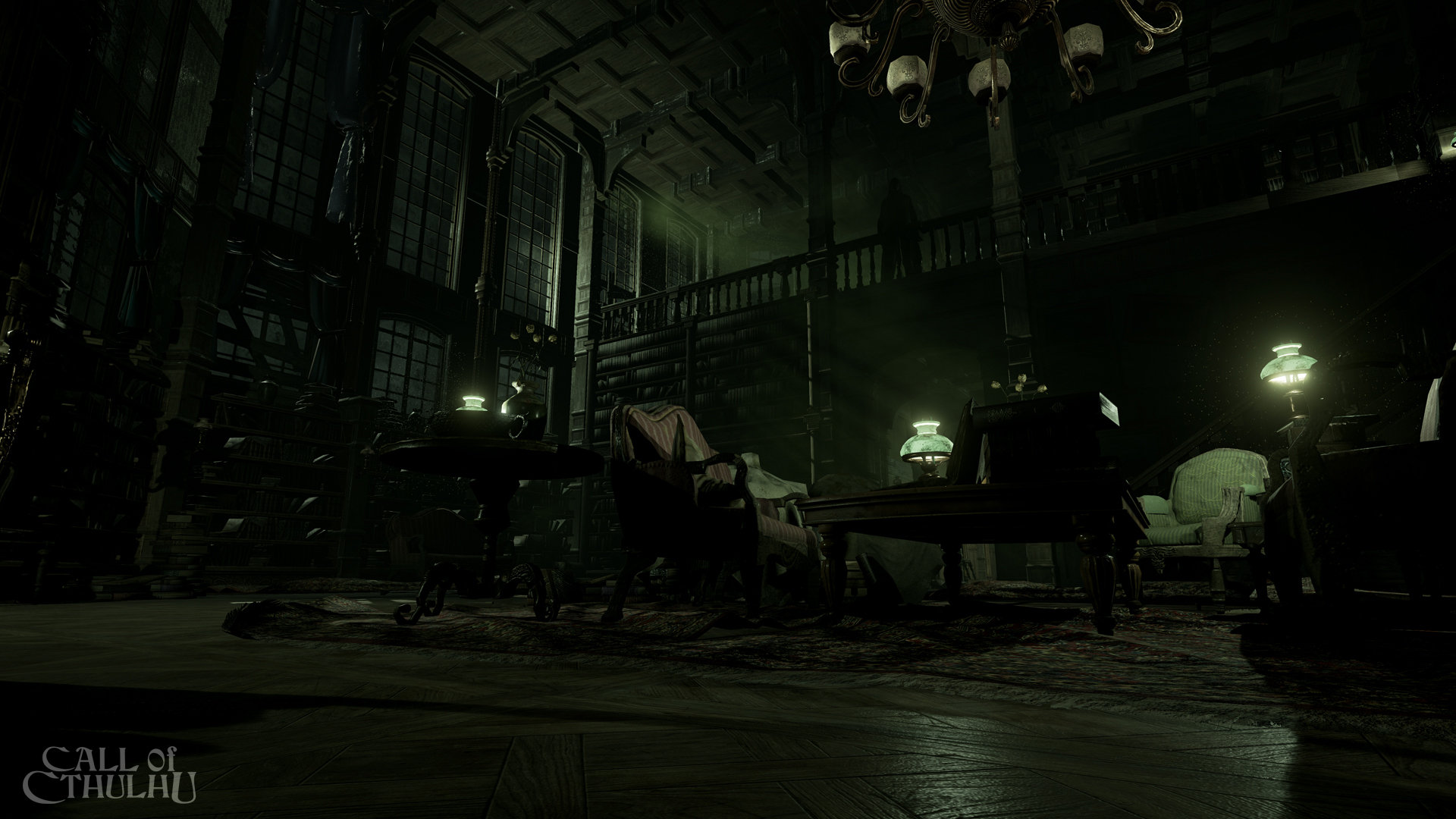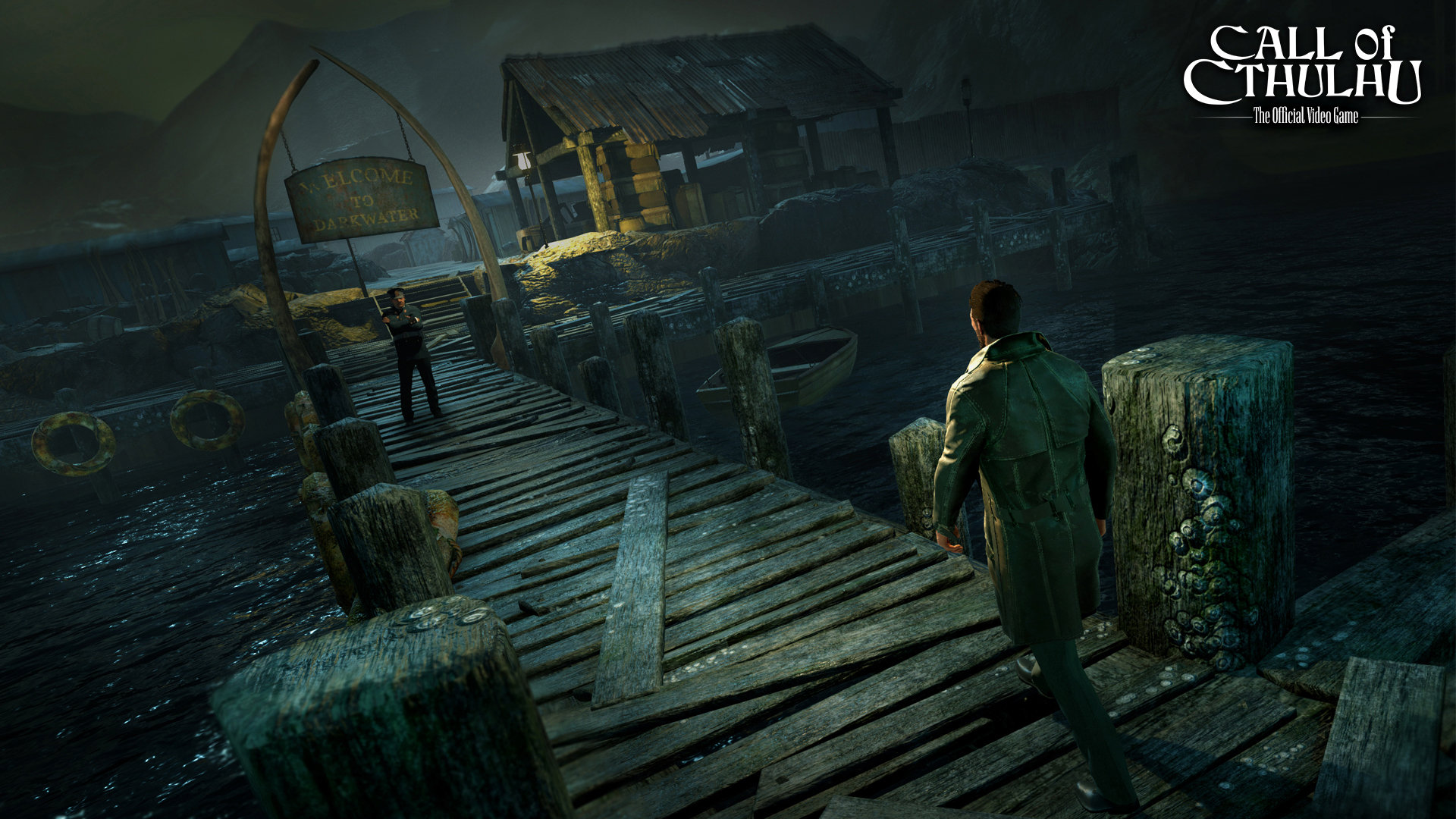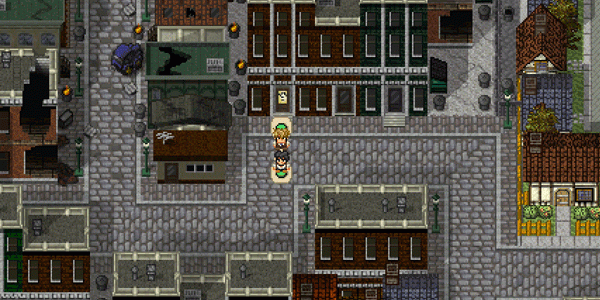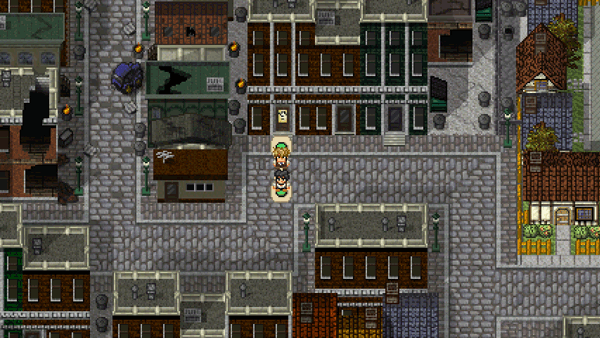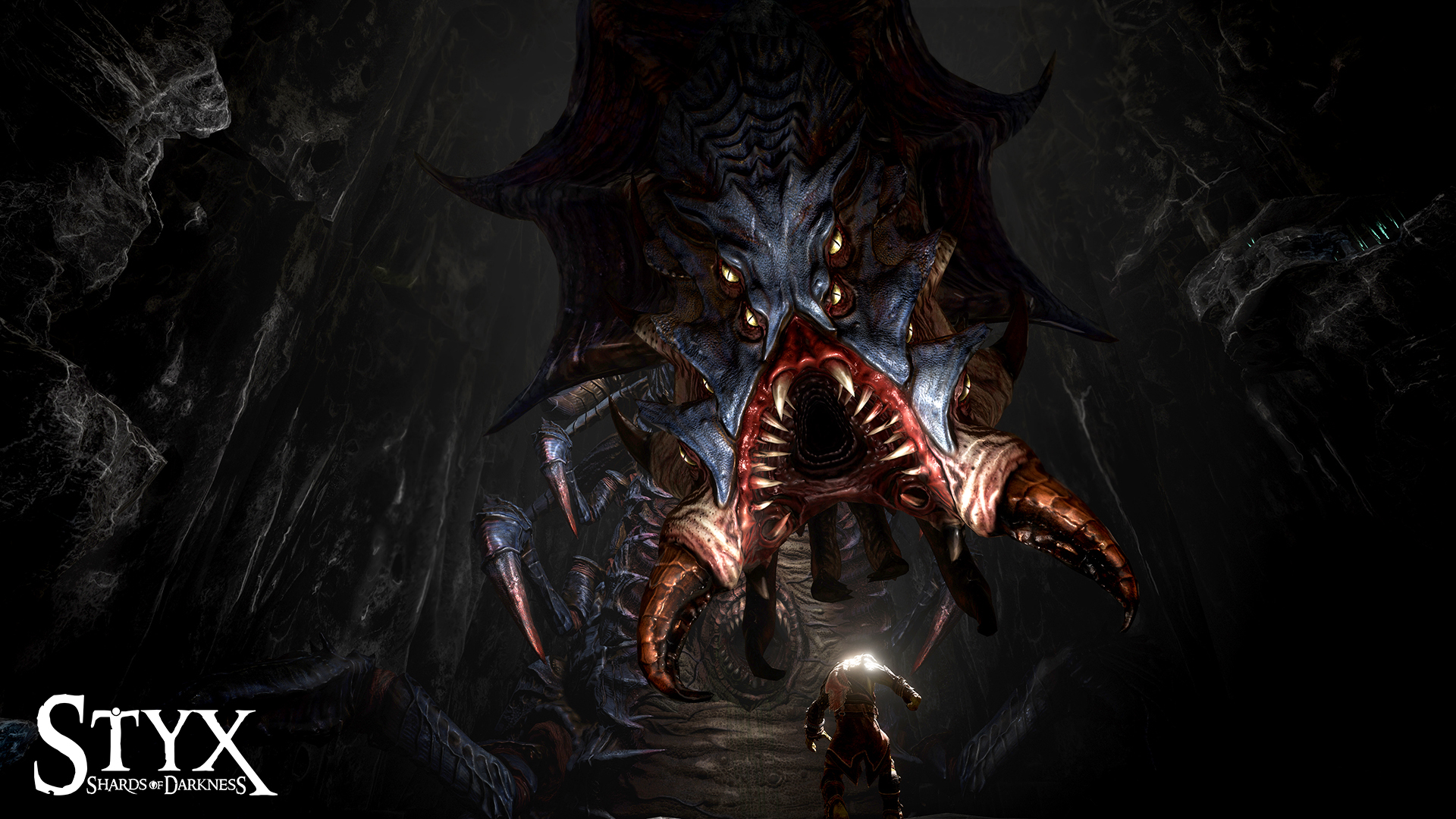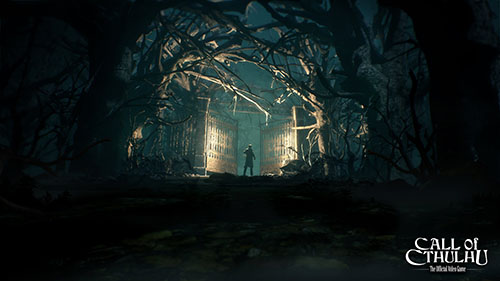
H.P. Lovecraft’s work is never far from the world of video games, as his dark stories have influenced games like Eternal Darkness and Bloodborne. Now, developers Cyanide are working on an adaptation of the old 1981 pen-and-paper RPG, Call of Cthulhu, while also combining it with modern horror, adventure and RPG game elements, in Call of Cthulhu: The Official Video Game. At E3, I was privy to a pre-alpha demonstration of the final game, run by the developers, who are huge fans of H.P. Lovecraft’s work. While this is an original story, the game is loaded with easter eggs and references to basically all of his canon.
Call of Cthulhu is a combination of an investigation-type game, with RPG mechanics, set in H.P. Lovecraft’s dark universe. It takes place in the early 1920’s, as you play as Edward Pierce, a private investigator from Boston. The first level demonstrated to us was from the game’s third area – Hawkins’ Mansion on Darkwater Island. It’s a mansion that previously suffered a horrific fire where many were killed, with the player investigating the event to see if there’s anything more than what the police report stated.
Call of Cthulhu is a first-person game, with a very dark and gothic visual style, although it isn’t above the occasional jump scare. The overall style and set-up actually reminded me a lot of Alone in the Dark, which was in turn originally inspired by Lovecraft. As Edward makes his way up to the mansion, he can investigate objects in the yards, such as gravestones, where on one he notices fresh flowers. The developers were very adamant that knowledge is power in this game, and your only weapon, as there is absolutely no combat.
When Edward tries to get into the mansion, he’s stopped by an older man, the groundskeeper who tries to attack you with an axe to prevent you from going inside. A dialogue wheel appears, with each of the dialogue options associated with a particular skill that Edward can level up. For instance, Edward can try to intimidate the man, or try small talk. If you have levelled up the Intimidation skill, you will have a higher chance of success when choosing that option. In this demo, after succeeding in intimidating him, the developer running the walkthrough now had to talk the man into giving up the key to the mansion. Because he had previously investigated the headstone and noticed flowers, Edward can use this knoweldge to show he knows the man cares about the deaths from the fire. This proves he’s trustworthy, coaxing the man to grant him the key. However, there are multiple ways into the house, if you’re unable to get the man to cooperate, and this was just one easier method.
In the game’s menu, you can see that skills are divided into three categories – Profession (fields like Psychology, or Finding Hidden Spots), Social (Dialogue options) and Knowledge (topics like Occultism). As you meet more and more poeple, you also fill in an ‘Inhabitants’ menu, which shows which characters are friendly with you and any info you learn about them.
Once in the mansion, Edward tries to investigate a few objects, like paintings, only to fail to get further information because he hasn’t levelled up his Psychology profession high enough. Studying the dark corridors for too long also resulted in his lantern going out – oil is a limited resource to keep your lantern going, although you can resort to using a lighter, which isn’t as effective. Eventually Edward made it to the crime scene where the fire broke out. With the ‘find hidden spots’ skill levelled up, more points of interest in the scene were highlighted to him, making it easier to learn more about what actually occured at the scene. After collecting all the clues, a screen comes up for you to draw your conclusions about what happened – the correct answer invalidates the police report, showing that the fire wasn’t an accident and there was a fight, and there is a deeper mystery behgind the cover-up. A cutscene plays out showing what Edward imagines really took place.
The devs then jumped to Chapter 6 – which took place in an art gallery. This is a more supernatural level, where Pierce sees the line between reality and madness start to dissolve. Sanity can be actually measured in an in-game menu – at that point Pierce was stable, but he has developed a phobia. These phobias manifest in gameplay-affecting ways, in this instance Pierce has developed claustrophobia, which means he can’t hide in enclosed spaces for long. Sanity decreasing can also affect how many options are open to you – dialogue you hear and options you can choose may become limited as your sanity gets dangerously low. The gallery itself was very appropriate for a Call of Cthulhu game, filled with strange ancient artefacts and very Lovecraftian paintings.
When Edward reaches one particular painting, which seems to have something lurking beneath the surface, a creature suddenly emerges. It’s eyeless, with a huge, lipless mouth and crab-like legs. Edward has to hide and try to stay away from the enemy, while he works out what to do. At one point he tries hiding in a closet, but because of his claustrophobia, he starts breathing heavily – if you stay in there too long it’s game over. Eventually, Edward makes a run for a dagger which he knows has some relation to the painting – if he can stab the painting he may be able to defeat the creature, but it catches up to him too quickly and insta-kills him, resulting in the end of the demo
As that last scenario demonstrates, knowledge really is power in Call of Cthulhu, and often the only way forward, and fully investigating every area in the game will be vital. The full game promises multiple endings, and at this time there is no official release date yet for the game – the developers only saying it’ll be done when it’s done. It certainly has many of the qualities you’d expect from a game based on the works of Lovecraft, and drawing upon gameplay elements from games like Sherlock Holmes and Amnesia also seems like a good idea. If you’re a fan of despair, ego-annihilation and enormous madness-inspiring monsters, be sure to keep tabs on Call of Cthulhu: The Official Game.

